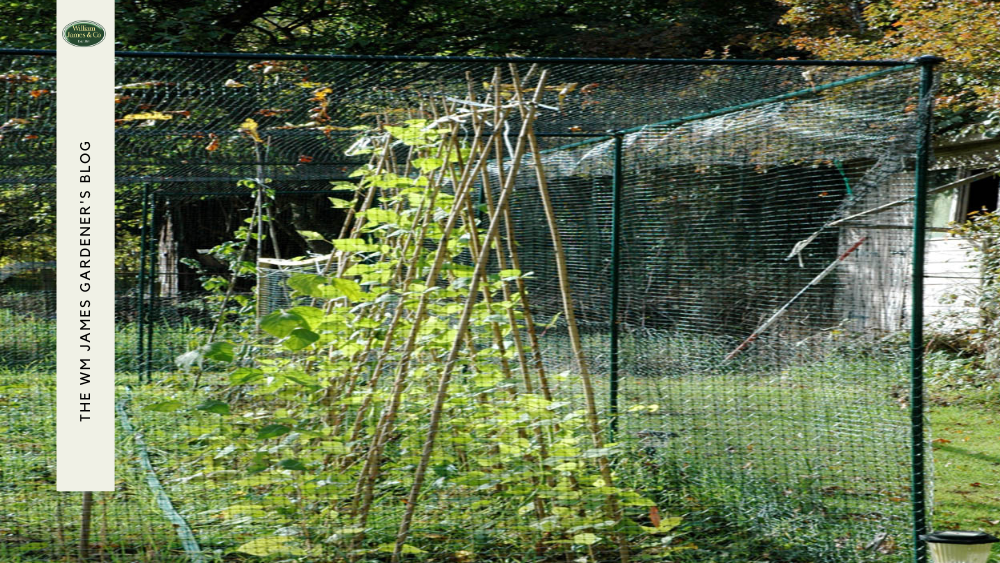We use cookies to make your experience better. To comply with the new e-Privacy directive, we need to ask for your consent to set the cookies. Learn more.
The Essential Veg Growing Calendar for UK Gardeners
- Admin
- WM James Gardening Blog
- 4 Jan 2023
-
18views
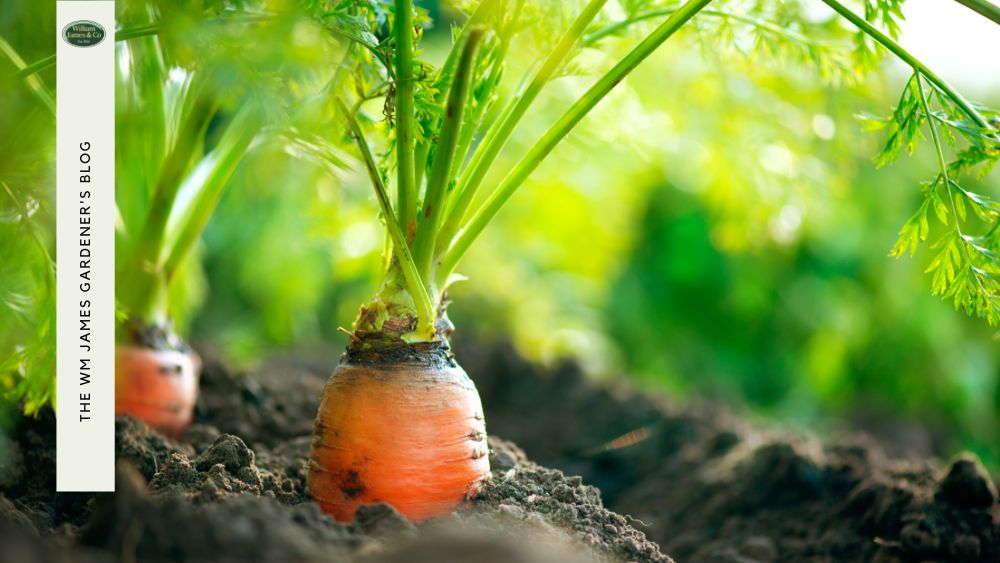
With a new year right around the corner, now is the perfect time for UK gardeners to start planning their veg-growing activities for the upcoming months.
Whether you're a novice or an experienced gardener, there's always something to learn when it comes to veg growing. And you can never be too prepared.
So, to help you get the most out of your veg growing season, we've put together a handy guide to the essential veg growing calendar for UK gardeners and given you some advice on how to keep your veg plot protected throughout the year.
January
The beginning of the year is the perfect time to start planning your veg plot. You can start by:
- Deciding what you're going to grow this year and draw up a plan
- Ordering seeds or plants from seed catalogues
- Checking out some useful veg-growing books for tips on how best to look after your crops
Although the temperatures are low, you can still get an early start by sowing some hardy crops.
Vegetables to Plant in January
We recommend sowing:
Sow outdoors
- Broad beans
- Peas
- Cabbage
Sow indoors
- Leek
- Onion
- Tomato
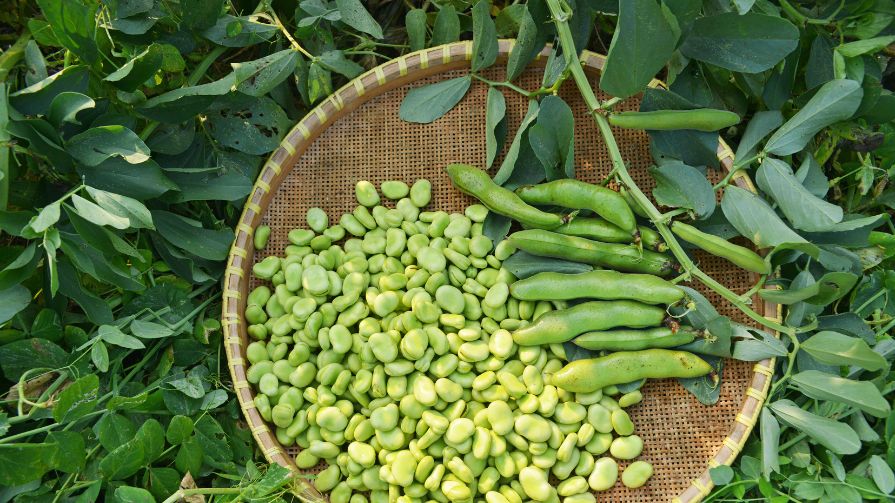
February
February is the perfect time to finish off any winter veg and start sowing or planting some spring vegetables.
The temperatures are still relatively low, so make sure you protect any crops with horticultural fleece or cloches.
Vegetables to Plant in February
We recommend sowing:
Sow outdoors
- Carrots
- Parsnips
Sow indoors
- Broccoli
- Cucumber
- Leeks
March
At this point in the year, more tender crops can start to be planted out in the garden.
March marks the start of the growing season, and it's when many avid gardeners will start to really get going with their veg plots.
Vegetables to Plant in March
We recommend sowing:
Sow outdoors
- Beetroot
- Brussel Sprouts
- Rocket
- Spinach
Sow indoors
- Asparagus
- Courgette
- Squash
- Sweetcorn
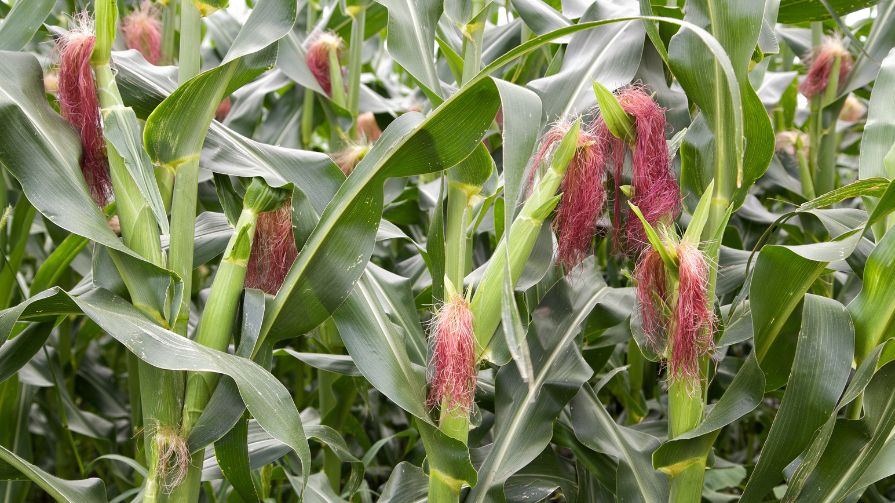
April
April marks the start of the main growing season and is a great time to get busy in the veg patch.
The cold temperatures are starting to subside, and the days are getting longer, so you can start to sow some of your favourite warm-weather crops.
Vegetables to Plant in April
We recommend sowing:
Sow outdoors
- Courgette
- Chicory
- Samphire
Sow indoors
- Pumpkin
- Dwarf bean
May
In May, most plants will have had ample time to take root and begin to grow.
The cold weather has subsided, and the days are getting longer, so you can expect your veg plot to really start coming into its own this month.
Vegetables to Plant in May
We recommend sowing:
Sow outdoors
- Swede
- Pak Choi
- Marrow
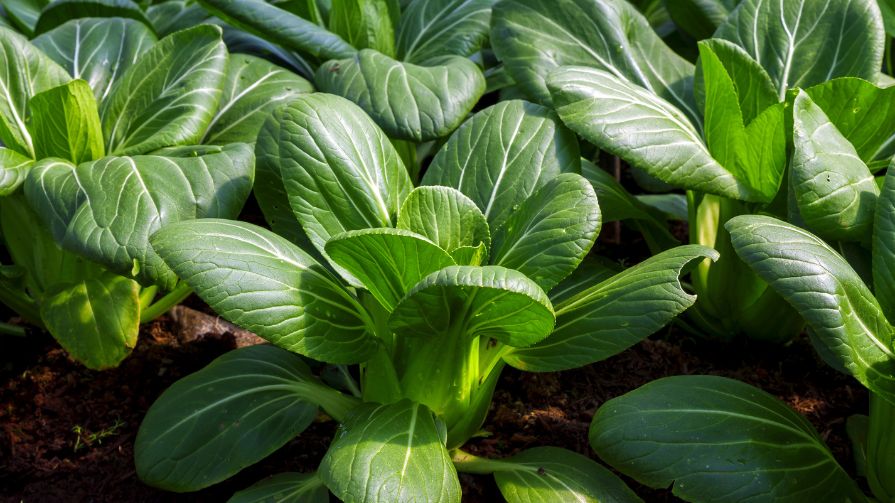
June
June is a great time to plant out your veg crops and start harvesting some of the early spring vegetables.
The days are getting longer, temperatures are rising, and this is when you'll see a real burst of growth in your garden.
Vegetables to Harvest in June
You can start reaping the rewards of your hard work by harvesting:
- Asparagus
- Beetroot
- Broccoli
- Carrot
- Radish
- Spinach
- Tomato
July
By July, you should be able to enjoy the first harvests of your crops.
You can still continue sowing those spring vegetables that you may have missed out on earlier in the season. And the weather is usually at its warmest in July and many popular vegetables, such as tomatoes, courgettes, and cucumbers, are now ready for picking.
Vegetables to Harvest in July
You can start reaping the rewards of your hard work by harvesting:
- Broad Bean
- Cabbage
- Cauliflower
- Chard
- Courgette
- Garlic
- Pea
- Turnip
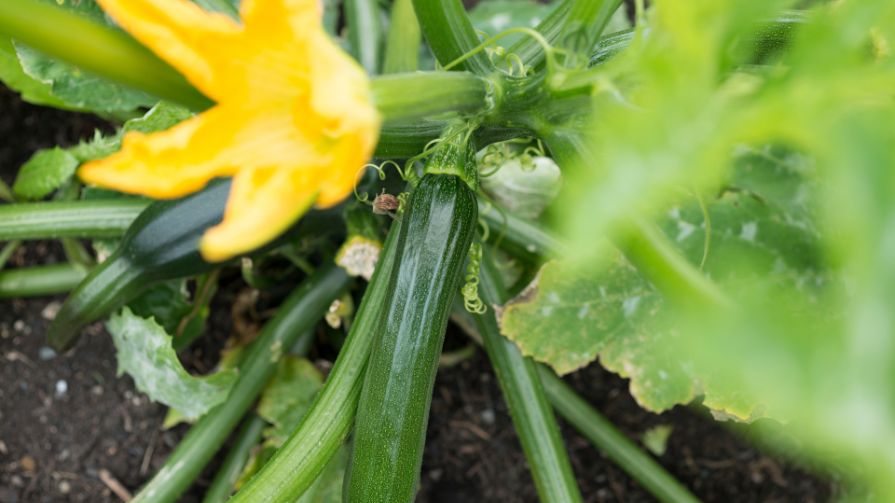
August
August marks the start of the second harvest season, and you should be able to pick a wide range of crops from your veg plot.
This is also the ideal time to start harvesting root vegetables such as carrots, potatoes and swedes.
Vegetables to Harvest in August
You can start reaping the rewards of your hard work by harvesting:
- Climbing Bean
- Runner Bean
- Celeriac
- Onion
- Potato
- Pepper
- Spring Onion
- Sweetcorn
September
September is the perfect time to start planning for next year's veg plot.
You can start by ordering seeds or plants from seed catalogues and drawing up a plan for what you're going to grow.
You should continue to harvest any remaining crops and start to clear out your veg plot in preparation for the winter.
Vegetables to Plant in September
We recommend sowing:
Sow outdoors
- Radish
- Spring Onion
Sow indoors
- Lettuce
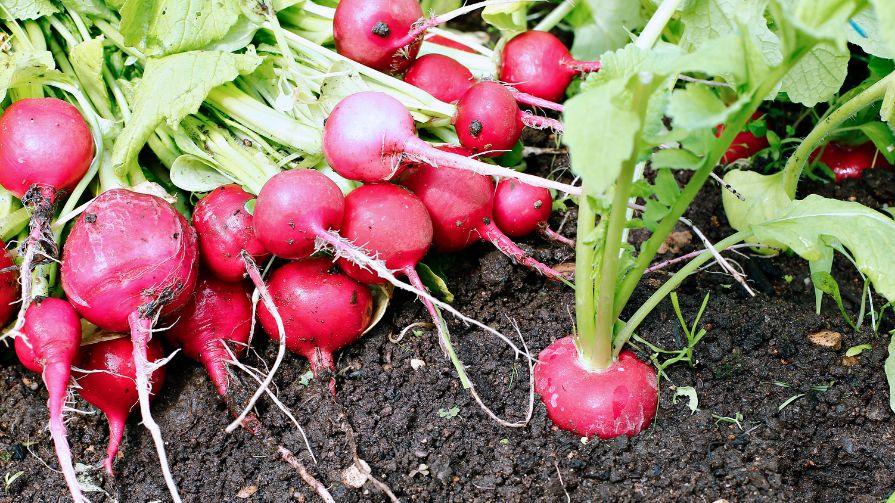
October
October is the last month of the growing season, and this is when you should be harvesting any remaining crops from your veg plot.
It's also a great time to start preparing the soil for next year's crops by digging in some compost and manures.
Vegetables to Plant in October
We recommend sowing:
Sow outdoors
- Broad Bean
- Pea
Sow indoors
- Lettuce
November
November marks the start of the winter season and is a great time to start planning for next year's veg plot.
This is also when you should be planting winter crops such as parsnips, kale and leeks.
Vegetables to Plant in November
We recommend sowing:
Sow outdoors
- Broad Bean
- Pea
Sow indoors
- Lettuce
- Onion
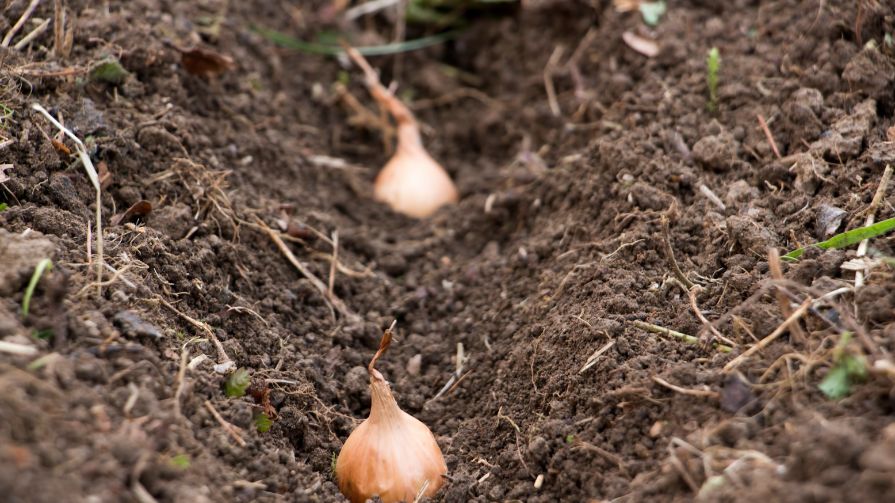
December
December marks the start of winter, and the harsh cold weather can really take its toll on your veg plot.
You can still sow some of your vegetables indoors and prepare for the spring season.
Vegetables to Plant in December
We recommend sowing:
Sow outdoors
- Broad Bean
Sow indoors
- Lettuce
- Onion
How Can You Protect Your Veg Plot Throughout the Year?
After all your hard work throughout the year, you'll want to make sure that your veg plot is in good condition throughout the changing seasons. This will mean protecting it from the cold winter weather, pests and diseases.
Garden netting is a great way to protect your veg plot from birds and other animals. Make sure you choose a netting with a mesh size that is small enough to stop birds from getting through but large enough to let through any pollinators.
You can drape the garden netting over your crops or use hoops to keep it off the ground.
You should also make sure your veg plot has plenty of organic material, such as compost and manure, to help retain moisture in the soil and protect the plants from drought.
Garden fleece is another great way to protect your veg plot from cold weather and pests. Fleece will also help to retain moisture in the soil, which can be useful during dry periods.
Finally, make sure you regularly check your veg plot for signs of pests or diseases and take action quickly if you spot any problems. This will ensure that your veg plot is in good health throughout the year.
Wrapping Up: Get Prepared for a Successful Year of Planting!
Preparing for your veg plot is key to a successful year of planting. And you can never be too prepared.
By planning ahead for each month, you can ensure that your veg plot will be plentiful and productive throughout the year! Knowing what types of vegetables to plant and when to plant them is essential to ensure you get the best results.
Stock up on all your essential gardening tools at William James to make sure you are ready for the seasons ahead. With the right tools to plant and protect your veg and a bit of preparation, you will be on your way to a productive and successful veg plot!
FAQs
What veg grows all year round in the UK?
Brassicas like cabbage and kale can be grown all year round. Spinach, rhubarb, rocket, onions and leeks are also great winter crops.
What month should I start my vegetable garden?
March or April is the ideal time to start planting your vegetable garden. By this time, the soil should be warm enough for seeds to germinate, and there is still plenty of growing season left.
What is the easiest vegetable to grow in the UK?
Salad leaves are probably the easiest vegetable to grow in the UK. They require minimal effort and can be grown in containers, making them ideal for those with limited outdoor space.
What veg can I grow outside in March in the UK?
In March, you can sow brassicas such as kale, cabbage, broad beans, peas, lettuce and spring onions. These crops should be ready to harvest by the end of May.





